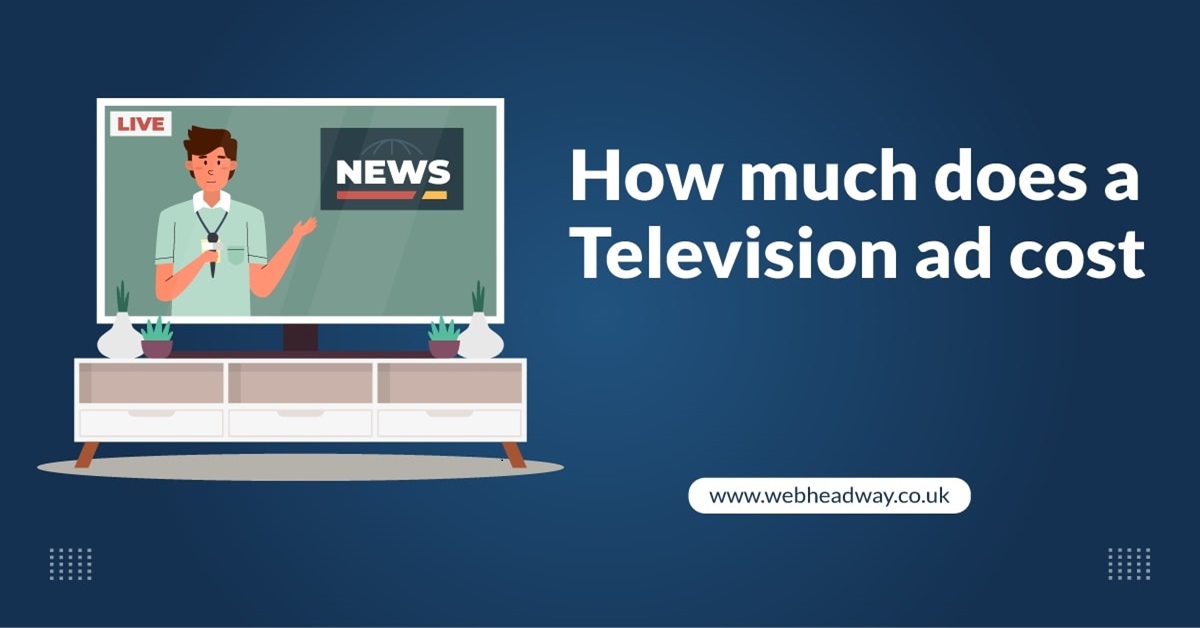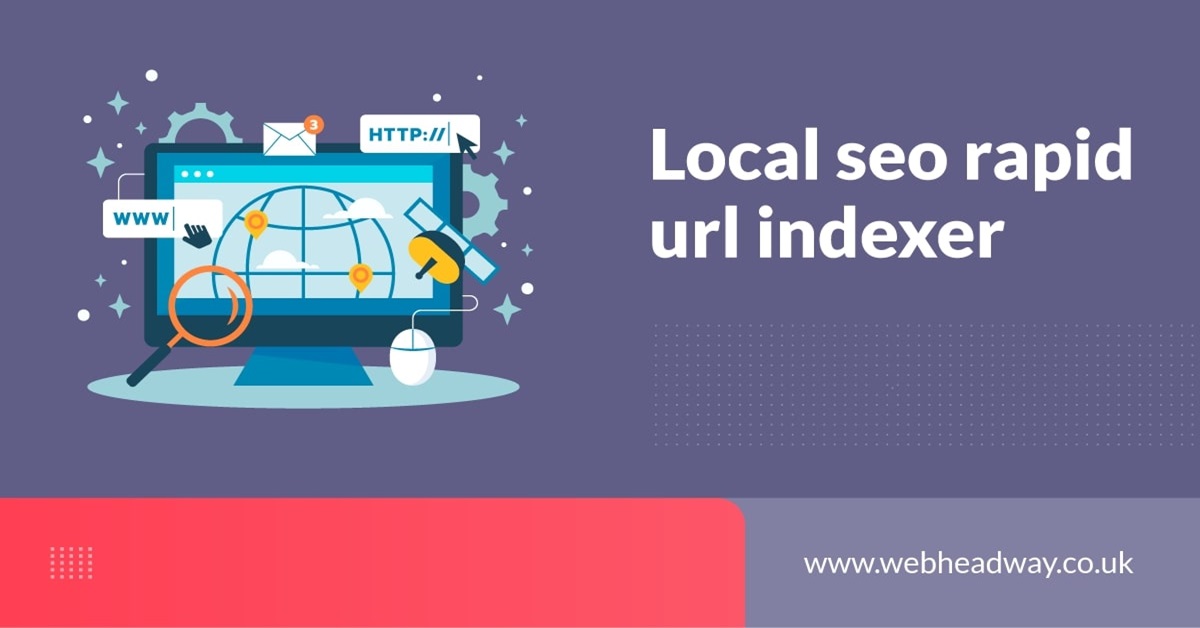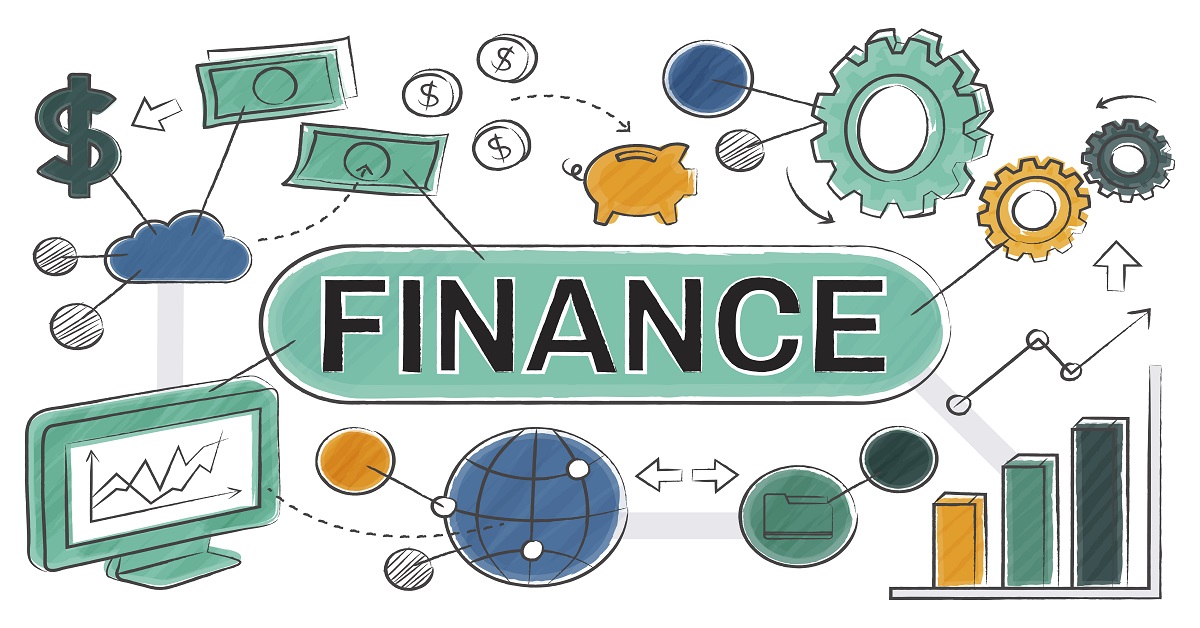Table of Contents
ToggleHow Much Does a Television Ad Cost in 2024?
Television ads are still a great way to reach many people in the UK. Today, we have many digital options, but TV ads can raise brand awareness, boost sales, and reach traditional TV viewers. Whether it’s during popular shows or big sports events, TV ads offer a chance to make a big impression.
If you’re wondering, how much does a television ad cost, it’s important to understand that prices can vary significantly. The cost depends on factors like the time it airs, the channel, and the type of show. This guide will help explain the costs of TV ads in 2024, what affects the price, how to plan a budget, and how to get the most out of your spending.
To get the best results, businesses should also use other strategies like Google Ads and social media marketing. By understanding TV ad costs and using a mix of TV and digital ads, you can make sure your message reaches the right audience.
Let’s explore what goes into the cost of a TV ad in 2024.
An Overview of TV Advertising Costs
Understanding the Average Cost of TV Ads
In the UK, the cost of TV ads can be very different depending on certain factors. On average, a 30-second TV ad during a less popular time can cost as little as £50 to £150. But ads during busy viewing times, like during big events or popular shows, can cost between £10,000 and £30,000 or even more. Ads during special events, like football matches, can be even more expensive.
Some key factors affect these costs. The channel is one big factor. Advertising on a well-known channel like ITV or Channel 4 will usually cost more than a smaller channel. The time slot is another important factor, with the hours between 6 pm and 10 pm costing more because more people are watching. Also, the size and type of audience watching the show can affect the price—shows that attract a specific group of people can cost more.
Why Digital Marketing Can Complement TV Advertising
While TV ads are great for making your brand known, adding digital marketing can help you reach even more people and target your audience better. For example, Webheadway’s services, like Google Ads, can help you reach people online. Unlike TV ads that go out to everyone, Google Ads can be aimed at certain groups based on what they search for, where they live, and what they’re interested in.
Want to reach your audience faster? Our Google Ads services can get your message in front of the right people at the right time.
Factors Influencing TV Ad Prices
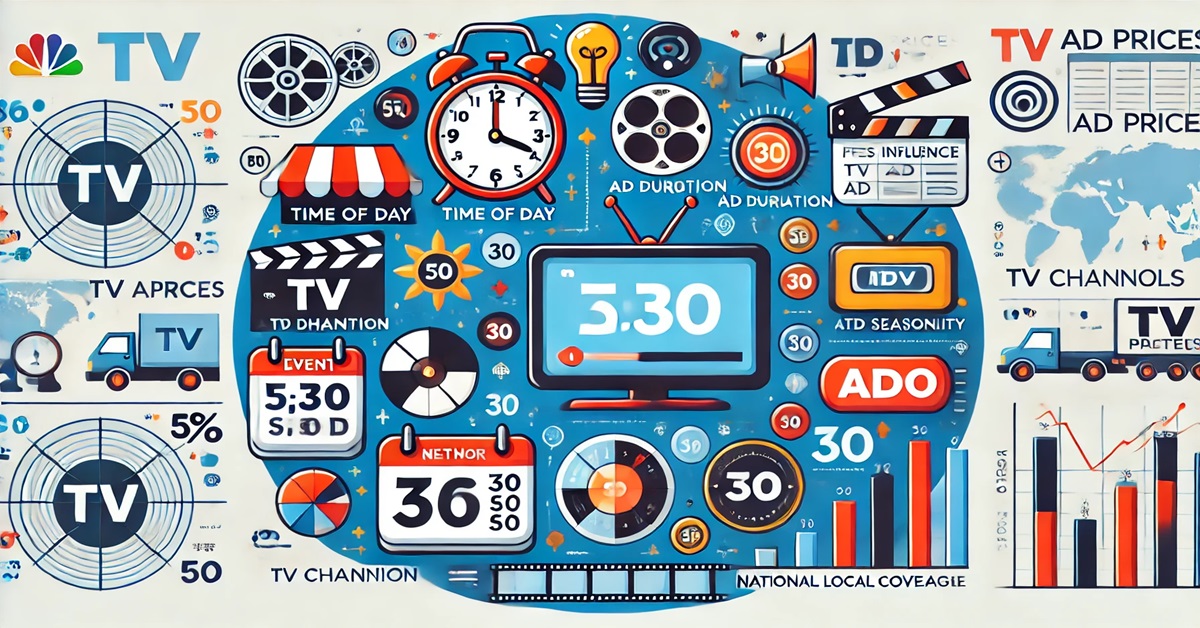
Time of Day and Day of the Week
The time of day and the day of the week can make a big difference in the cost of a TV ad. Prime time, usually between 6 pm and 10 pm, is the most expensive because many people are watching TV then. During these hours, ad prices can be several times higher than during off-peak times, like late at night or early in the afternoon, because more people are watching.
Weekends, especially Saturdays, also cost more than weekdays because more viewers are at home, and popular shows often air then. Businesses need to think about whether the bigger audience is worth the higher costs.
Length of the TV Commercial
The length of the TV commercial is also important for the cost. Shorter ads, like 15-second ones, are cheaper but may not give enough time to share all the details. A 30-second ad is the most common because it offers a good balance between cost and information. Longer ads, like 60 seconds, give more time to share your message but cost a lot more.
TV Channel and Network Costs
The choice of the TV channel also affects the cost of advertising. Big networks in the UK, like ITV, Channel 4, and Sky, charge higher prices because more people watch them. For example, an ad on ITV during a popular show like “Coronation Street” will cost more than on a smaller channel.
Smaller or special-interest channels might offer cheaper rates, making them a good option for businesses with smaller budgets. However, these channels usually have a smaller audience. It’s important to pick the right channel based on who you want to reach.
Seasonality and Demand
TV ad costs can go up or down depending on the time of year. High-demand times, like before Christmas or during big sports events, can make ad prices much higher because more businesses want to advertise.
Advertising during quieter times or less popular events can cost less. Knowing these patterns can help businesses choose when to run ads to get the best value.
National vs. Local TV Advertising Costs
The choice between national and local TV ads affects the price. National ads that show all over the UK cost more because they reach more people. This is great for brands that want a lot of exposure.
Local TV ads target specific areas and are more affordable. They can be a good choice for smaller businesses or companies that only want to reach people in certain places.
Looking for a flexible approach to reach your audience? Try our Social Media Marketing services to stay connected with your customers.
The Cost to Produce a TV Commercial
Pre-Production Costs
Pre-production is the planning stage where everything is organised before filming starts. This includes writing the script, drawing storyboards, choosing actors, and finding locations. These steps help prepare for the filming process and make sure it goes smoothly. Pre-production costs include fees for writers, directors, and other creative team members.
These costs can range from a few hundred pounds to several thousand, depending on how complex the ad is. Good planning can help avoid surprise costs later on.
Production Costs
Production costs cover all the expenses needed to film the TV ad. This includes paying for actors, renting filming locations, and hiring equipment and crew members. The size of the ad affects these costs; a simple shoot in one location with a small cast will be cheaper than a big production with several locations or special effects.
Other things, like costumes, set design, and props, can also add to the budget. Businesses should be ready to invest in this stage to make sure the ad looks professional and gets the message across.
Post-Production Costs
Post-production is the editing stage, where the footage is polished, sound effects are added, and animations or special effects are included. This stage makes the ad look complete and engaging. Costs for editing, sound design, and other effects depend on how detailed the ad needs to be.
Good post-production work can make a big difference in how the ad looks on TV, so it’s important to budget for this stage.
Keep your marketing budget in check with our PPC marketing services. Speak to Webheadway about how we can help you reach more customers online.
Comparing TV Advertising Costs with Other Media
TV Advertising vs. Online Advertising
When comparing TV ads with online options like SEO and social media, there are pros and cons. TV ads are good for getting a lot of people to know your brand quickly. But they can be expensive, and it’s harder to target specific groups than with digital options.
Online ads, like SEO and social media, can target people based on their interests, location, and what they search for. They also let businesses adjust spending as needed. However, it may take more time to build brand awareness online compared to TV ads.
BVOD Advertising – The New Trend in Digital Media
Broadcast Video on Demand (BVOD) is a growing trend in digital ads, combining TV and online video content. Unlike regular TV, where ads show at set times, BVOD lets viewers watch shows on-demand through services like ITVX, All 4, or My5.
The main advantage of BVOD is that it allows advertisers to target specific people based on what they watch. This makes the ads more relevant and can lead to better engagement. As more people use streaming platforms, BVOD offers a cost-effective way for businesses to reach their target audience.
Affordable TV Advertising Options and Strategies
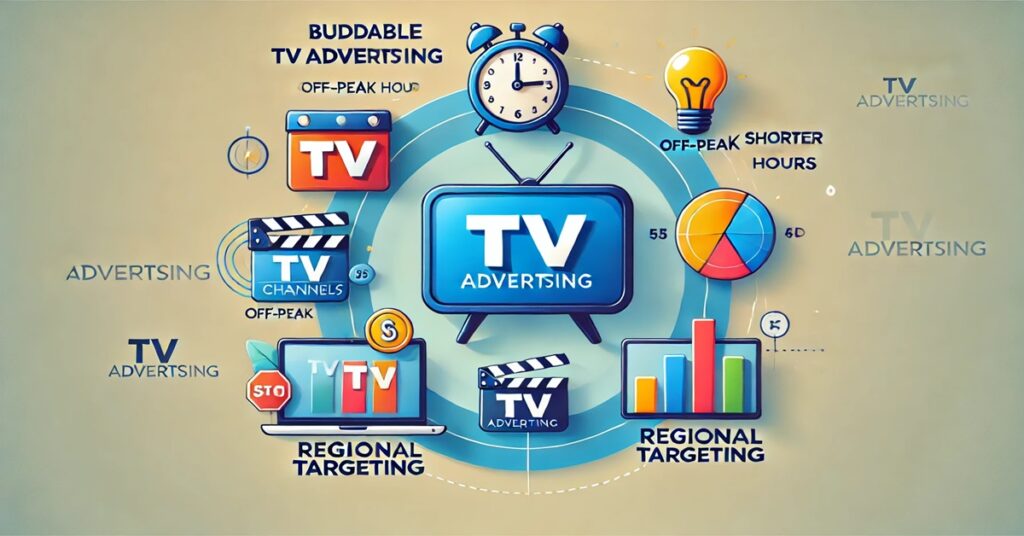
Choosing Budget-Friendly TV Channels
Businesses can make TV advertising more affordable by choosing cheaper channels or smaller networks. Channels like Dave, E4, or local stations can offer lower-cost options while still reaching the right audience.
Advertising during less competitive times or on shows with smaller audiences can also help reduce costs.
Running Shorter Ads or Off-Peak Slots
Using shorter ads, like 10- or 15-second spots, can help save money. Airing ads during off-peak hours, like late at night or early in the morning, can also make advertising more affordable. Although the audience might be smaller, it can still help build brand awareness over time.
Leveraging Regional and Addressable TV Advertising
Regional and addressable TV ads let businesses target certain areas or groups of people. This helps make ads more relevant and costs lower compared to nationwide advertising.
Combining TV Advertising with Digital Channels
Mixing TV ads with digital marketing, like SEO, can boost campaign results. SEO can help drive people to your website after they see your ad on TV.
Want to be found online? Our SEO services can help your business rank higher on search engines and reach more potential customers.
How Much Does It Cost to Air a TV Advertisement?
Factors That Determine the Cost of Airing a TV Ad
Several things affect how much it costs to air a TV ad in the UK:
- Network: Big networks like ITV, Channel 4, and Sky charge more because more people watch them. Smaller networks cost less but have a smaller audience.
- Region: Ads that air across the whole UK cost more than ads that target just one area. For example, ads in London are often more expensive because more people live there.
- Time Slot: Ads during prime time (6 pm – 10 pm) cost more because more people are watching. Off-peak times, like early morning, are cheaper.
- Commercial Length: Longer ads cost more. For example, 30-second spots are standard, but shorter ads (10-15 seconds) or longer ones (60+ seconds) change the price.
Examples of TV Advertising Rates in the UK
Here are some examples of TV ad costs on popular UK channels:
- ITV: A 30-second ad during a show like “Coronation Street” can cost between £10,000 and £30,000.
- Channel 4: Ads during prime-time shows like “The Great British Bake Off” might cost £5,000 to £15,000 for 30 seconds.
- Sky Sports: Ads during big sports events, like Premier League matches, can cost more than £50,000 for a 30-second spot.
Smaller channels like Dave or E4 can have ads that cost £500 to £1,000 for off-peak slots.
Looking to make the most of your marketing spend? Webheadway can help you optimize your strategy with Google Ads.
Tracking the Effectiveness of Your TV Advertising Campaign
Measuring Return on Investment (ROI) from TV Ads
To find out if your TV ad was worth the money, compare the money made from the ad with what you spent. If the ad brought in more money than it cost, it was successful.
Tools for Monitoring TV Ad Performance
Tools like Adalyser and Kantar Media can help track how well TV ads work. They look at things like how many people visited your website after the ad aired.
Using Data to Improve Future Campaigns
Look at data from past ads to make your next one better. See which time slots or shows gave the best results and use that information for your next campaign.
Planning Your TV Advertising Budget

Tips for Setting a Realistic Advertising Budget
Decide how much to spend based on your business goals. Think about how much you want to invest to grow your brand or boost sales. Make sure to budget for both the cost of airing the ad and the production expenses.
Comparing TV Advertising Costs Across Different Channels
Compare costs across channels to find the best option for your budget. Consider audience reach, channel popularity, and the cost per ad.
Common Questions About the Cost of TV Ads
- How much does a TV ad cost in the UK? Costs vary, with some ads as cheap as £50 for local channels during off-peak hours, while prime-time ads can go over £30,000.
- Is TV advertising affordable for small businesses? Yes, small businesses can start with local ads or pick budget-friendly channels. Using shorter ads or off-peak times can also help save money.
- How can I know if my TV ad was successful? Use tools like Adalyser to track things like sales, website visits, or customer inquiries after the ad airs.
Final Thoughts
TV ads are still a great way to market in 2024. They can reach many people and make your brand well-known. By understanding what affects the cost, businesses can make a smart ad plan that fits their budget. Mixing TV ads with digital marketing is a good way to reach a larger audience


